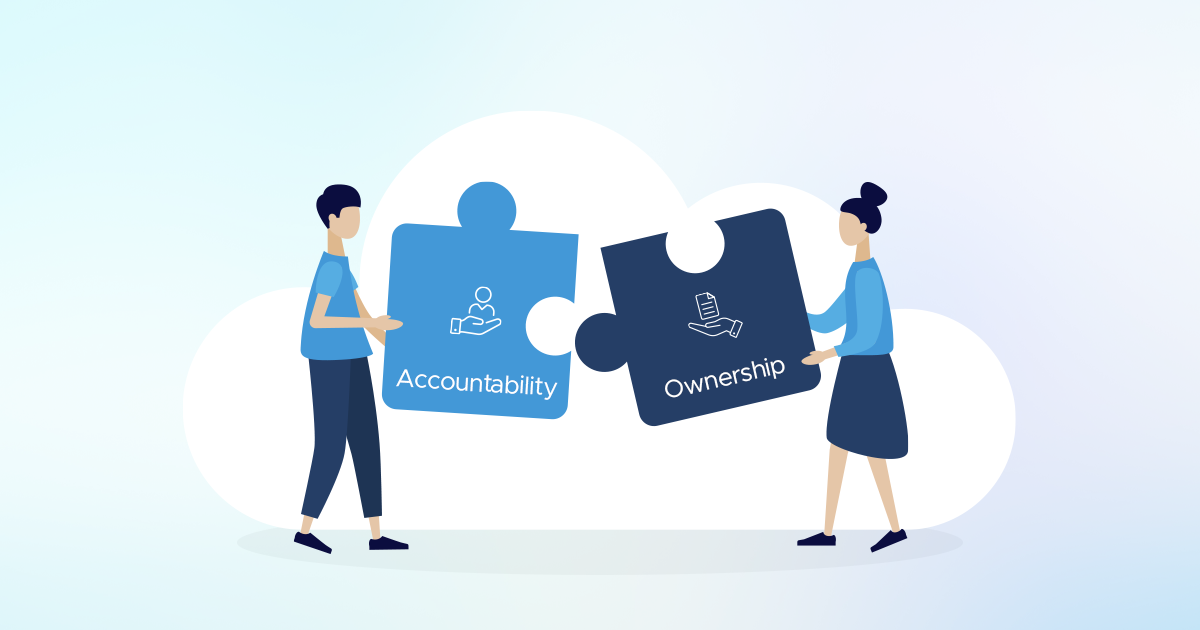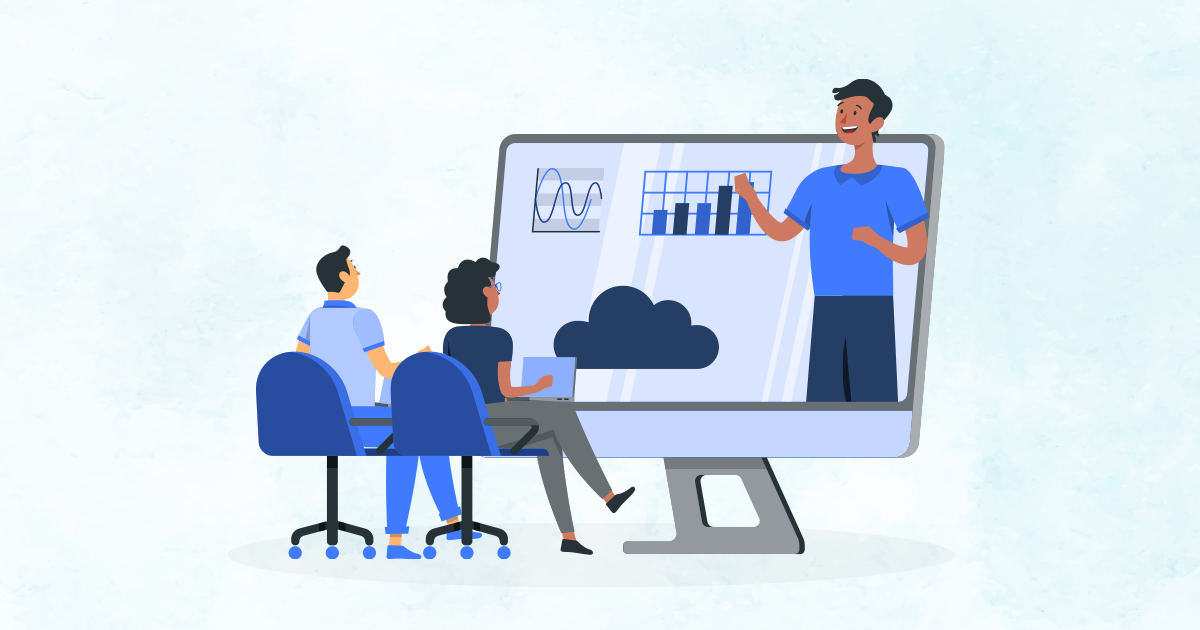FinOps for Cloud is what a personal trainer is for your fitness goals. The set of practices, policies, and guidelines that FinOps lays out helps organizations get financially fit in cloud usage. While industry experts like Gartner predict that over 65% of all application spending will account for cloud computing by 2025, the significance of cloud cost intelligence has increased multifold.
A well-functioning Cloud FinOps practice requires the Finance, Engineering, and Business teams to work together to fill the gaps in cost-effective cloud usage and look out for each other. However, there is a concerning statistic that needs to be addressed.
Studies by the FinOps Foundation revealed that 30% of organizations consider ‘Enabling Engineers to Take Action’ as the top challenge they face in cloud governance, both in 2022 and 2023.
Here's the deal: engineers are the architects of the cloud. They're the ones making infrastructure decisions, and those choices can have a wild impact on cloud bills.
This blog intends to bridge this gap between the FinOps stakeholders. Here are three actionable tips which can help engineers become more cost-savvy about the cloud and be better equipped to ‘take action’.
Get Involved with Budgeting
It’s not always you, the engineers, but the organization as a whole. Most organizations use a top-down approach for setting budgets, where the finance team creates a rather immovable budget for the year and everyone else should follow on.
But obviously, engineers like you have to prioritize aspects like customer experience, performance benchmarks, and the infrastructure needed to support an application. This might force you to spin up new resources and exceed utilization limits, thus overspending on the budget.
Thus, it's always a tug of war between contradicting priorities, with finance emphasizing cloud cost optimization and efficiency, while engineering seeks innovation and scalability.
The right way to tackle this is to rethink the budgeting approach to a “participatory” model. Cloud budgeting should happen with the finance, engineering, and business leaders all on the same page.

To get a better picture of the technical requirements, the finance team could seek wisdom from the engineers regarding the following queries
- The kind of architecture, tools, and services they are planning to implement
- What portion of the infrastructure would the hyperscaler manage versus what the company would be responsible for?
- How will discounts like Reserved Instances help in overall cloud cost reduction and what more could be optimized?
And anything else that you can think of.
Participatory budgeting might feel like a bit much in the beginning. But it will surely get better and be seamless, as and when the FinOps practices mature.
Reframe your KPIs
Of all the different employee performance metrics to assess an engineer, cost is often the least used. But this can become a game changer in terms of promoting the practice of ‘cost avoidance’ and ‘cloud cost optimization’ among engineers.
A cost-based KPI is indeed a cultural shift for engineers that will drive you toward -
- Ownership - You will have a deeper understanding of the cost of cloud resources and the need to manage them responsibly. This will encourage you to make informed decisions regarding resource allocation, usage, and scaling.
- Accountability - Who needs to be more accountable for cloud costs than the people who use it firsthand? Being accountable will make you more conscious about your choices and lead to better cost control.

But, there’s a catch. For successful implementation of the cost-based KPI for desired results, engineers must be provided with real-time cloud cost data with the right level of granularity. Interestingly, upstream cost data, the cloud bill insights after deployment, seems to be driving better action rather than cost forecasts.
Get Trained on Cloud Tools
The key aspect in creating cost-aware cloud professionals is to make sure the engineers are knowledgeable of the various cloud cost optimization practices. This is the step that will keep the cloud governance practices up and running like a well-oiled machine.
With a well-thought-out training plan on cloud cost optimization, your organizations could accelerate the learning curve for cloud cost intelligence.
This could help you acquire the necessary skills for -
- Enhanced cost visibility - Expertise in leveraging various tools like the AWS Cost Explorer to find out how and why the costs are changing. Helps you measure the cost impact of their architectural decisions and conduct unit cost analysis working as a feedback loop for budgeting.
- Choosing the right instance types - Ability to research and find the right computing power needed at the most cost-effective pricing, rather than getting lost in the huge selection of instances. This would also help in choosing the most affordable regions, availability zones, processor types, and more.
- Tagging and cost allocation - Integrating a tagging policy into the deployment process, thereby enhancing usage tracking, monitoring, resource identification, and even system functionality.
- Better knowledge of cloud tools - Understanding of various cloud optimization tools offered by the Hyperscalers. For example, AWS offers tools like AWS Cost Explorer for cost analysis, AWS Trusted Advisor for cost recommendations, AWS Auto Scaling for resource management, and Reserved Instances for upfront cost savings.
Many more advantages could be attributed to educating engineers on cost-optimized cloud usage. Your companies could also use approaches like ‘gamification’ to increase engagement, where friendly competition drives enthusiasm for learning and improvement.

We have only pondered over a few basic, but must-have strategies that can help engineers like you become better at identifying and minimizing cloud costs. With enough research and discussions with the right stakeholders, businesses can formulate a more customized approach to accomplish their cloud cost optimization goals.
Working with a FinOps Partner
Incorporating these seemingly straightforward strategies, like that of participatory budgeting, into your organization may appear challenging due to the necessary cultural and governance shifts. This is precisely where the expertise of a FinOps partner comes into play.
With an experienced FinOps partner by your side, you can rest assured that they will ensure a smooth transition from your existing business culture towards one that is more cost-aware. FinOps partners like CloudKeeper can help you streamline your cloud cost optimization policies enabling a smooth and effective collaboration between the Finance, Engineering, and Business Teams.
CloudKeeper has already been helping 300+ businesses across the world in reducing their cloud costs by more than 20% on average. Moreover, CloudKeeper offers solutions that deliver instant and guaranteed savings on the cloud, resource-level cost insights, comprehensive FinOps support, and more.
By synergizing the efforts of the FinOps partner and your engineering team, you would achieve cloud cost reduction above and beyond your cost optimization goals, unlocking substantial savings and efficiency gains.
How about booking an absolutely Free Demo of CloudKeeper and understanding how we can help you transform your Cloud FinOps journey? Talk to our experts today!
